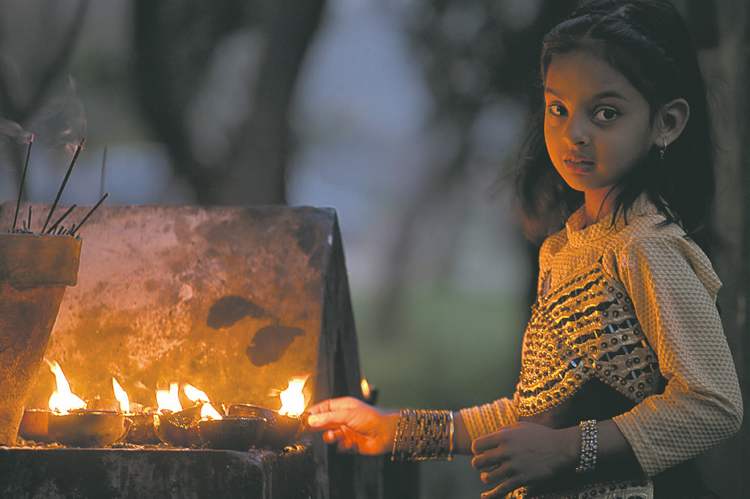Something to talk about
Advertisement
Read this article for free:
or
Already have an account? Log in here »
To continue reading, please subscribe:
Monthly Digital Subscription
$0 for the first 4 weeks*
- Enjoy unlimited reading on winnipegfreepress.com
- Read the E-Edition, our digital replica newspaper
- Access News Break, our award-winning app
- Play interactive puzzles
*No charge for 4 weeks then price increases to the regular rate of $19.00 plus GST every four weeks. Offer available to new and qualified returning subscribers only. Cancel any time.
Monthly Digital Subscription
$4.75/week*
- Enjoy unlimited reading on winnipegfreepress.com
- Read the E-Edition, our digital replica newspaper
- Access News Break, our award-winning app
- Play interactive puzzles
*Billed as $19 plus GST every four weeks. Cancel any time.
To continue reading, please subscribe:
Add Free Press access to your Brandon Sun subscription for only an additional
$1 for the first 4 weeks*
*Your next subscription payment will increase by $1.00 and you will be charged $16.99 plus GST for four weeks. After four weeks, your payment will increase to $23.99 plus GST every four weeks.
Read unlimited articles for free today:
or
Already have an account? Log in here »
Hey there, time traveller!
This article was published 31/03/2012 (4969 days ago), so information in it may no longer be current.
Think two official languages are a lot? India has 15. To get to know Manitoba’s 25,000-plus South Asian community, it helps to see where they’re coming from:
India (pop. 1.1 billion)
Language

Besides the national language Hindi and English, the language of commerce, there are 14 official languages: Bengali, Telugu, Marathi, Tamil, Urdu, Gujarati, Malayalam, Kannada, Oriya, Punjabi, Assamese, Kashmiri, Sindhi, Sanskrit and hundreds of dialects.
Faith
Hindu — 80.5 per cent, Muslim — 13.4 per cent, Christian — 2.3 per cent, Sikh — 1.9 per cent, others — 1.8 per cent.
Hindu:
It’s more a philosophy and a way of life. It does not originate in the teachings of any one prophet or holy book.
It teaches respect for other religions and does not attempt to seek converts.
It teaches the immortality of the human soul and three principal paths to ultimate union of the individual soul with the all pervasive spirit.
Jainism:
propagated by Mahavira. His message was about asceticism, austerity and non-violence.
Buddhism:
Gautam Buddha, a prince, renounced the world and gained enlightenment. He preached “Nirvana” was to be attained through the conquest of self. In time, his teachings spread to China and other parts of southeast Asia.
Islam:
India’s interaction with Islam begins in 712 AD.
“Islam” means submission to God. It’s a monotheistic religion, a belief in one God.
The Quran is its sacred and holy book and serves as guide.
Sikhism:
Guru Nanak, the founder of Sikhism in the 15th century, stressed the unity of God and the brotherhood of man. With its affirmation of God as the one supreme truth and its ideals of discipline and spiritual striving, Sikhism soon won many followers.
Sikhism critiques and practises both Hinduism and Islam. There are five Ks associated with Sikhs:
Kesh, uncut hair and beard and a turban;
Kangha, wooden comb to properly groom the hair, a symbol of cleanliness;
Katchera, cotton underwear as a reminder of the commitment to purity;
Kara, the steel bangle worn on the wrist, signifying bondage to truth, a reminder to maintain ideal behaviour;
Kirpan, the sword to be used righteously to defend the honour of others in distress.
Christianity:
Began in the 6th century in India with the visit of St. Thomas. Its influence was primarily felt in the educational system where Indian parents aspired to send their children for higher, more modern education.
India was home to Mother Teresa of Calcutta, the Albanian nun who founded the Missionaries of Charity. Her mission cared for the poor, sick and dying. Following her death, Mother Teresa was beatified by Pope John Paul II.
Pakistan (pop. 165 million)
Language
Punjabi – 48 per cent, Sindhi — 12 per cent, Siraiki — 10 per cent, Pashtu — 8 per cent, Urdu (official) — 8 per cent, Balochi — 3 per cent, Hindko — 2 per cent, Brahui — 1 per cent, English (official), Burushaski and others — 8 per cent.
Faith
Muslim – 97 per cent (Sunni — 77 per cent, Shi’a – 20 per cent), Christian, Hindu and others — 3 per cent.
Sri Lanka (pop. 22 million)
Language
Sinhala (official) — 74 per cent, Tamil — 18 per cent, English — 10 per cent, others — 8 per cent.
Faith
Buddhist — 69.1 per cent, Muslim — 7.6 per cent, Hindu — 7.1 per cent, Christian — 6.2 per cent, unspecified — 10 per cent.
Sources: Anupam Sharma, past-president, India Association of Manitoba; Foreign Affairs and International Trade Canada


